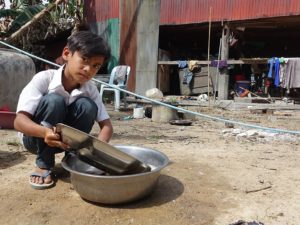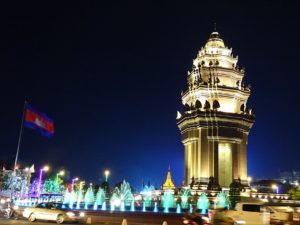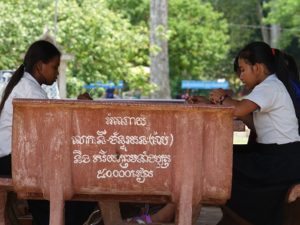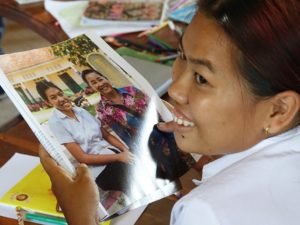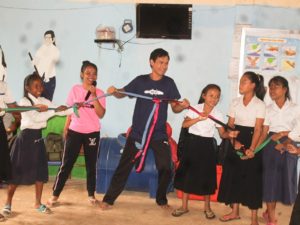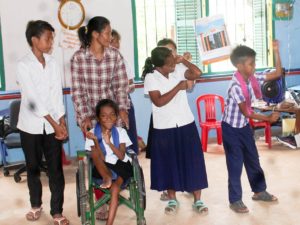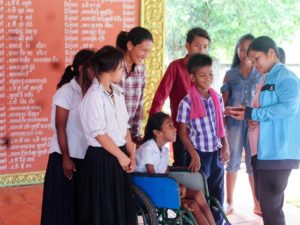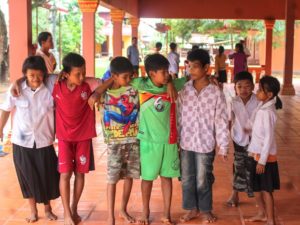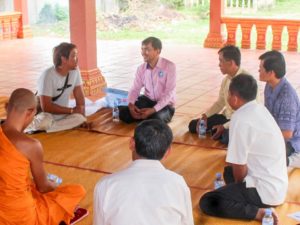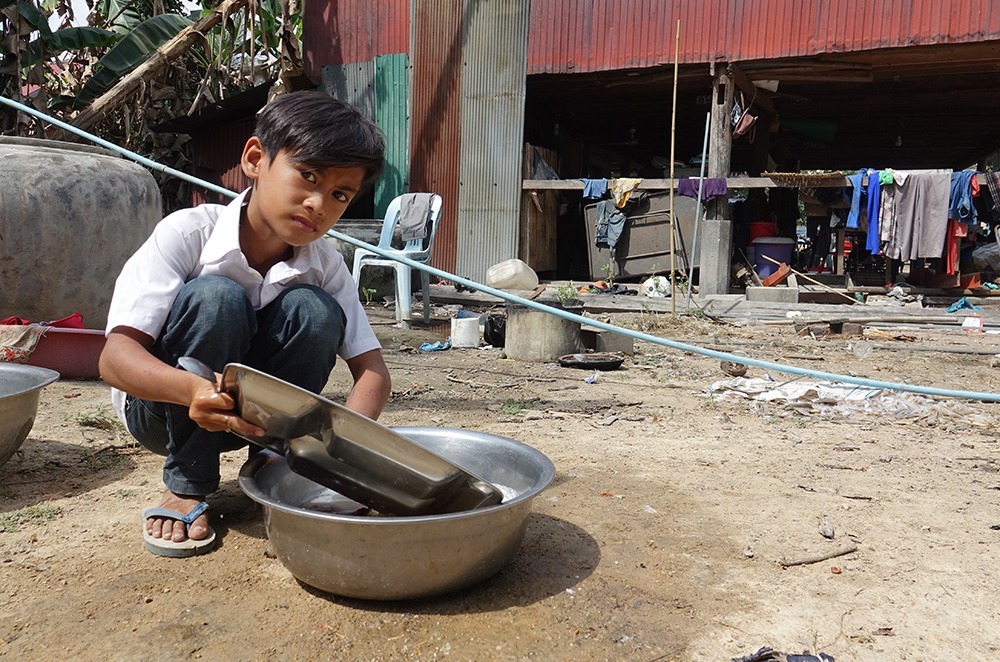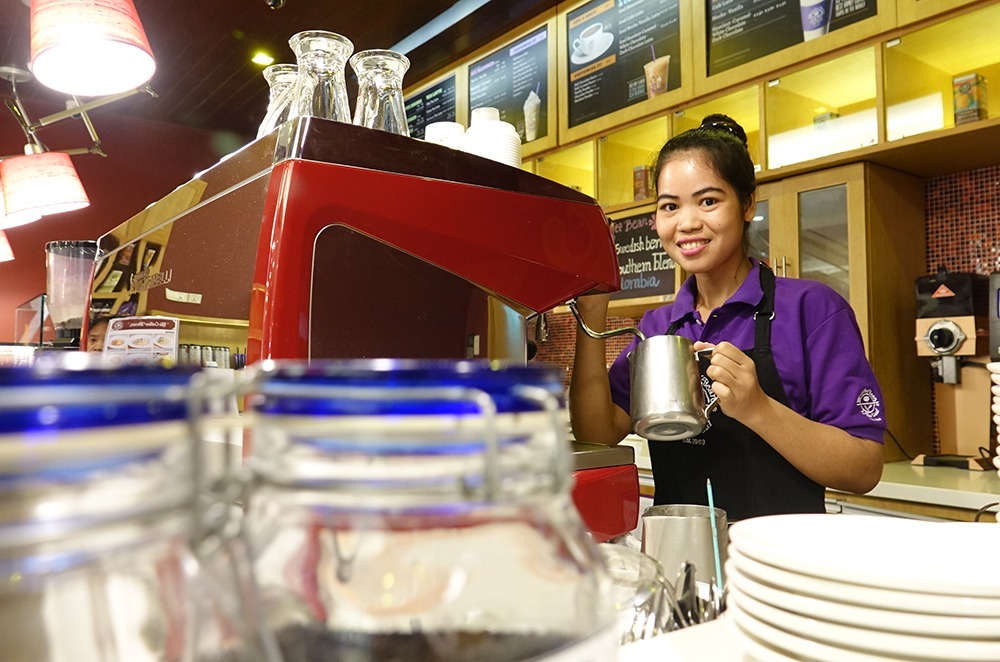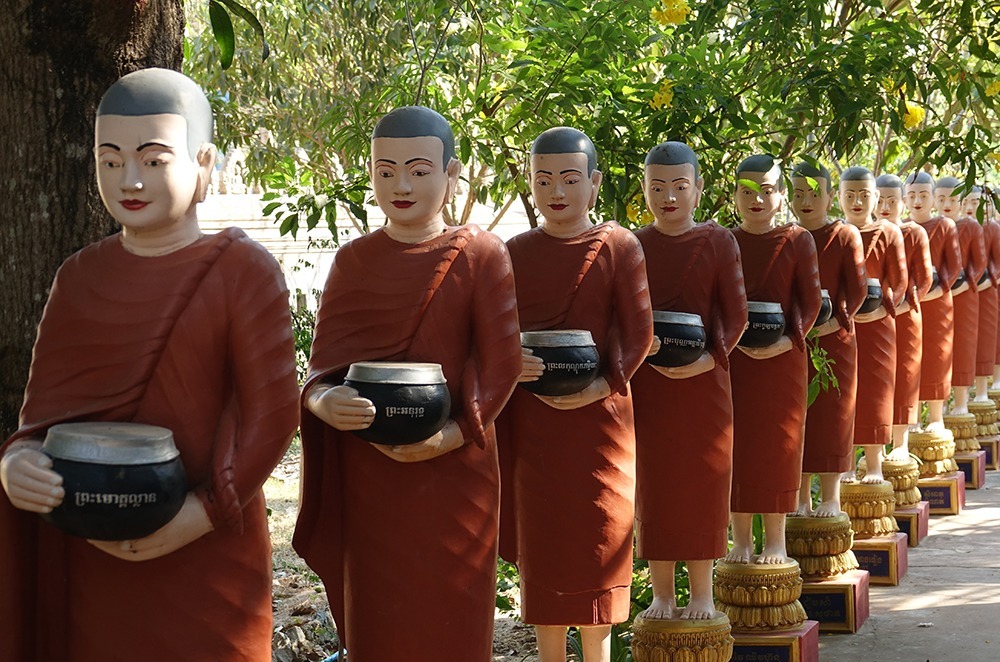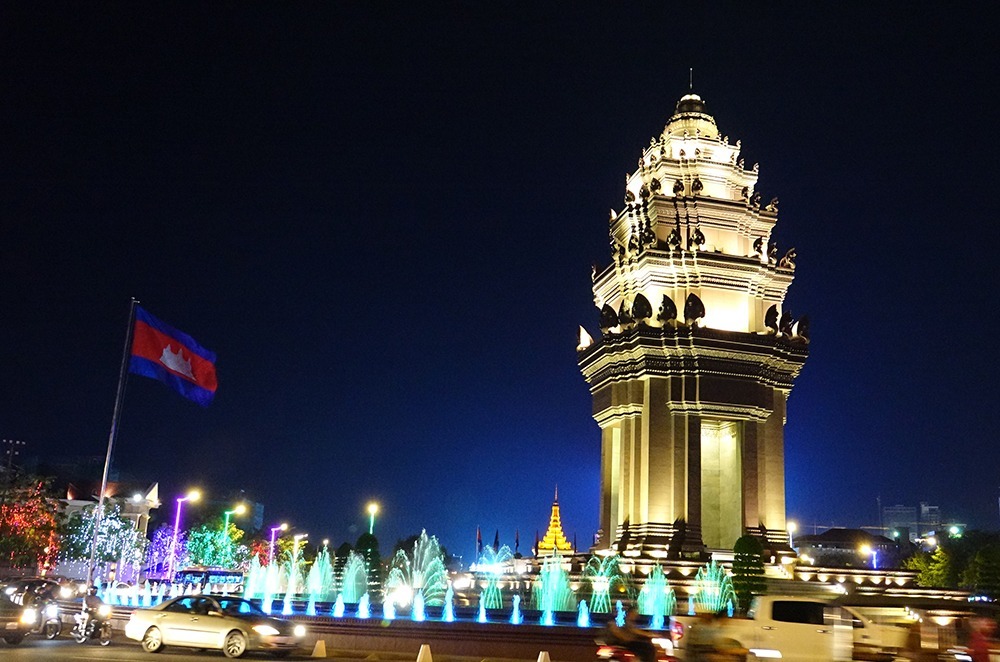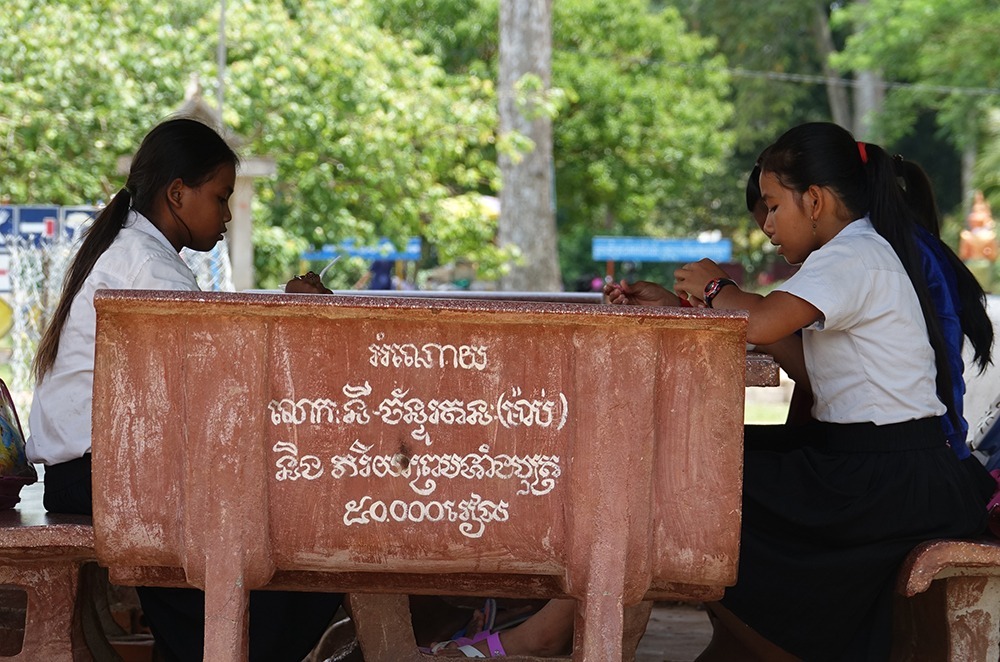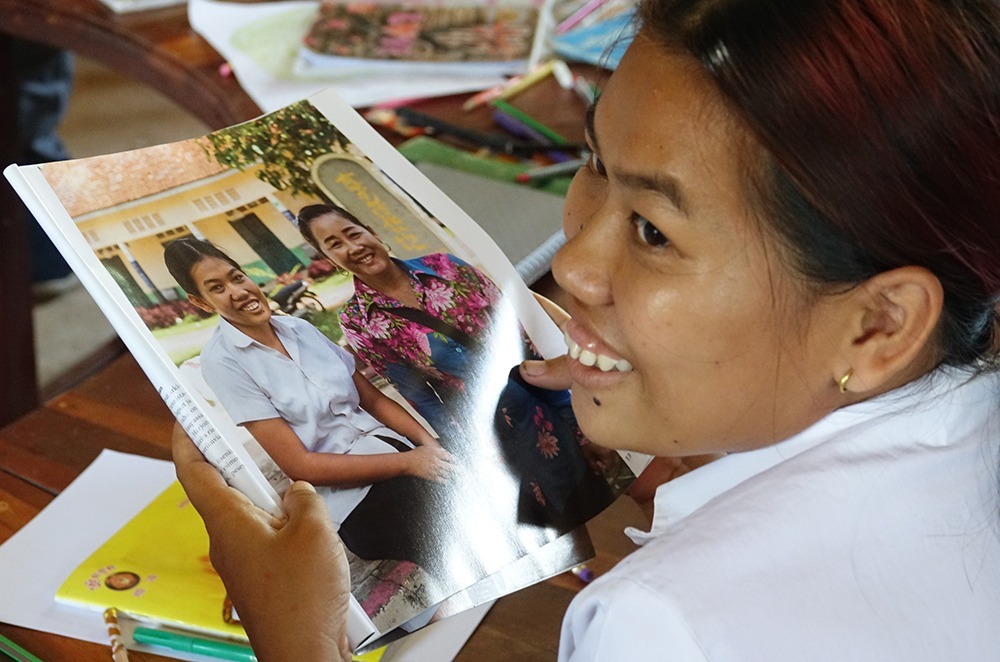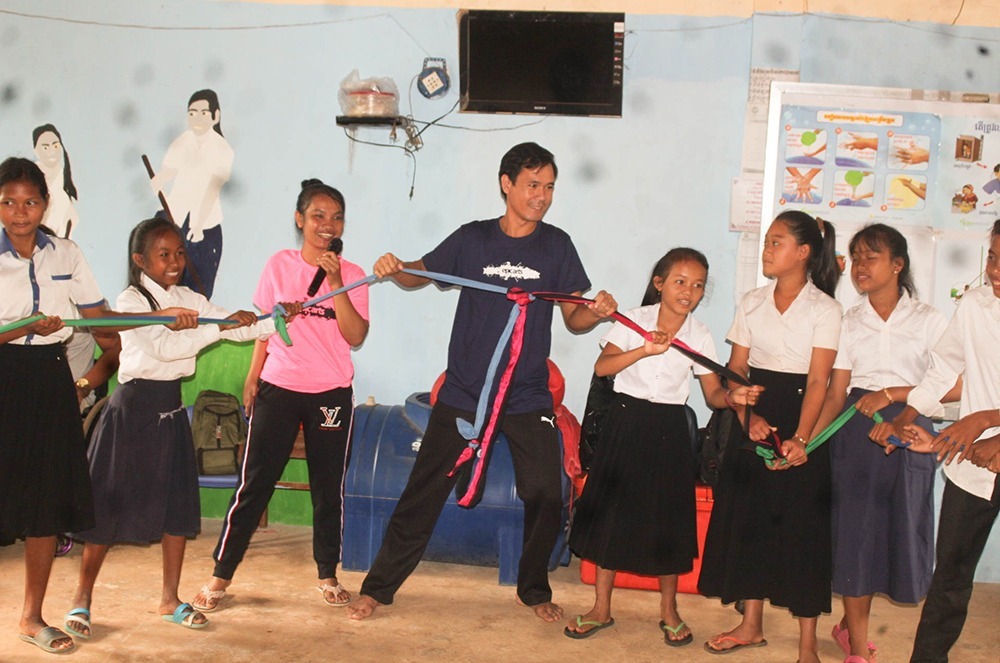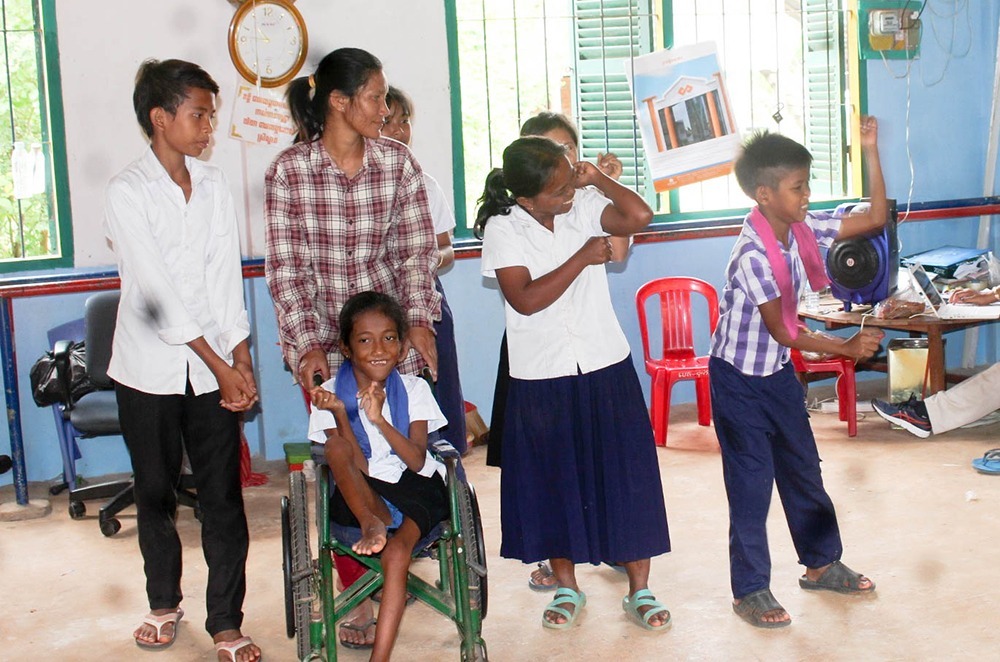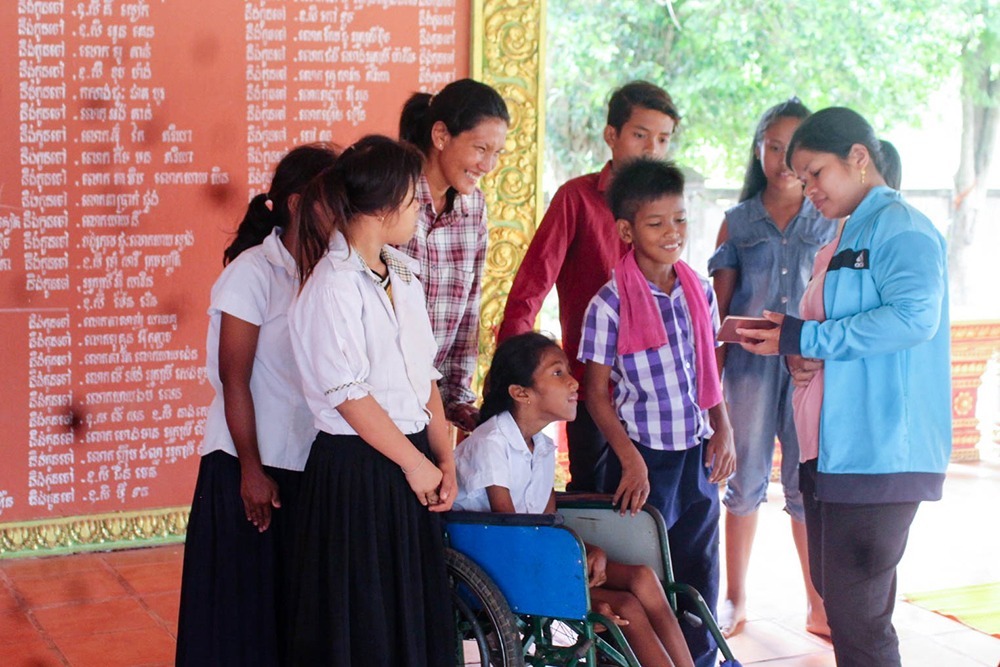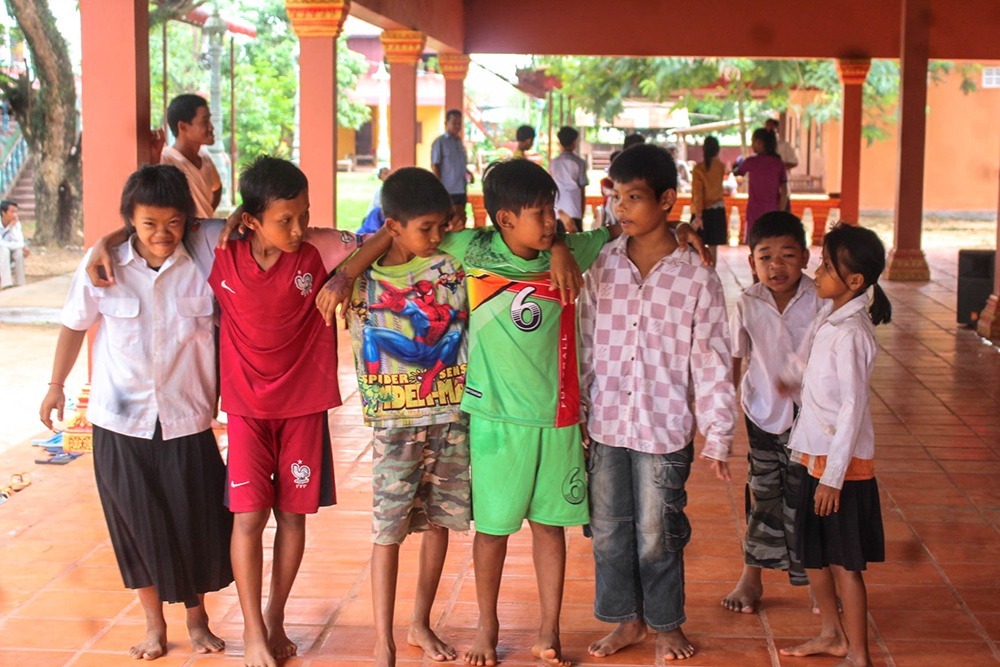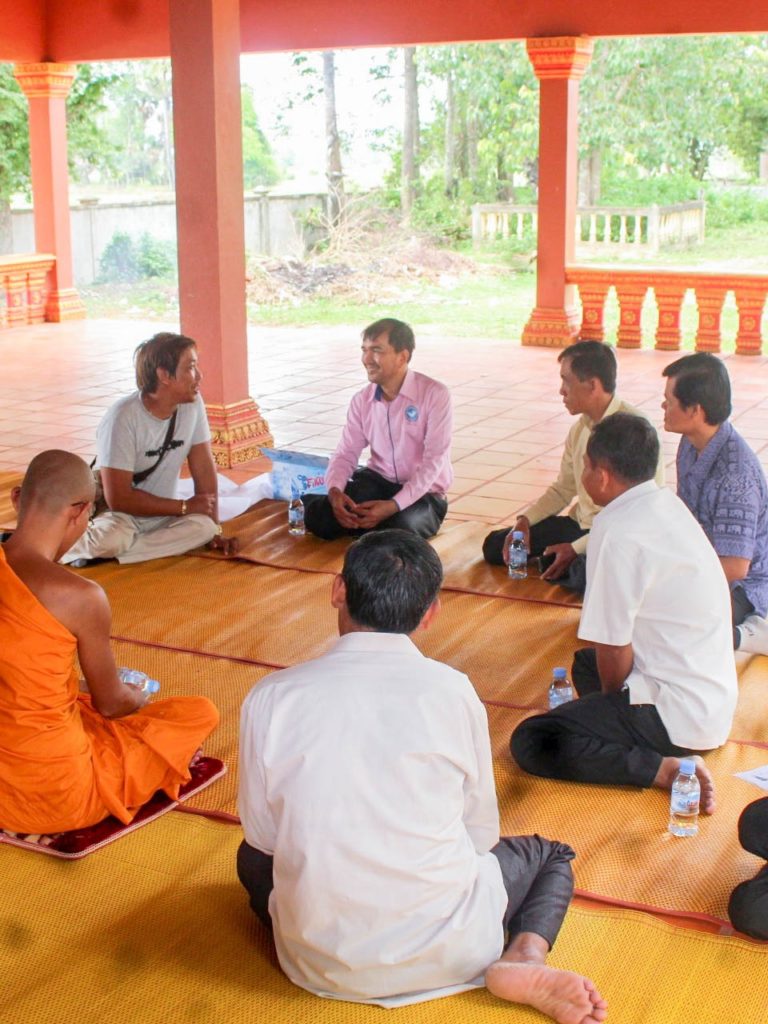
Cambodia is one of the least developed countries in the world. The gap between the living standard of the rural and the urban populations is wide. Agriculture and tourism hold great potential for Cambodia’s economic development, but the former lags behind due to shortcomings in infrastructure such as irrigation systems and roads. Tourism, on the other hand is developing rapidly in Cambodia, but not without negative side-effects. Rural poverty, break-down of social structures during the 1970s’ horrendous rule of the Khmer Rouge, the weak situation in human rights implementation by the government, and wide spread corruption mean that especially children and youth are at high risk of being abused and becoming victims of human trafficking. Particularly vulnerable are people who are living with disabilities. The indigenous minorities in eastern Cambodia are quickly losing their cultural identity and ability to survive as land-grabbing and illegal cutting down of their forests threatens their livelihood.
Implementing partner: International Cooperation Cambodia
Project description
The remote province of Ratanakiri in North-eastern Cambodia is home to six groups of indigenous people. Traditionally they lived in small, secluded communities in the highlands and along the rivers. During the past two decades environmental-, social-, economic- and political currents have forced the indigenous populations to alter their way of living. Slowly their livelihood is transitioning from subsistence farmers to cash crop farmers accompanied by an increased need for education.
The project development goal
Indigenous children in the target schools and community enhance their learning in mother tongue-based multilingual pre-schools, and at primary level including NFE. Multilingual educational providers and other relevant stakeholders increase their capacity and commitment to deliver Multilingual Education in Cambodia. Indigenous care-givers in the target communities are increasingly providing a safe and open home environment conductive for children’s learning and education.
Examples of key activities
- Establishing 5 preschool facilities making preschool accessible to 5 indigenous groups that don’t currently have any facilities. Teachers will be trained by ICC professionals in both linguistics and pedagogy. Technologically intuitive teaching tools will be integrated into the teaching approach.
- ICC will provide MTB-MLE informal primary level classes in locations where public schools are inaccessible.
- Organizing life skills training (eg. parenting skills, child protection and child rights, support to children with disabilities) and literacy lessons to parents, caregivers, and youth.
- Helping to develop resources like teacher training, learning materials and technology.
Implementing partner: Epic Arts
Project description
Through discrimination and lack of understanding from key stakeholders at both national and local levels, children, youth and people with disabilities have been left behind. They do not have equal access to education, training or employment, this discrimination traps PwDs in cycle of poverty with low socioeconomic prospects. The mindset of the general population along with lack of inclusion in education services at sub-national level has led to generations of people with disabilities being left behind with limited opportunity and skills to lead full and independent lives.
The project development goal
Improved access to education for children and youth with disabilities in Kampot. Awareness of disability and cross-cutting issues is increased with local and national stakeholders. Improved livelihoods and resilience of young people with disabilities through skills training, support and advocacy.
Examples of key activities
- Epic Arts will provide education for children and youth with disabilities through four classes: Growing Class, Peace Class, Independence Class and Mobile Class.
- Providing training for teachers and supporting schools to make infrastructure more accessible.
- Supporting families of Children with disabilities through for example peer-to-peer meetings, educating them on the rights of people with disabilities etc. and social work team providing social services.
- Organizing community events, radio and online campaigns to raise awareness and change perceptions on PWDs.
Implementing partner: International Cooperation Cambodia
Project description
Cambodia is one of the most natural disaster-prone countries in South-East Asia. Multiple hydrometeorological hazards such as floods, storms, and typhoons regularly affect Cambodia during the monsoon season (from June to November) with significant economic and social impacts. These disasters coupled with recurrent droughts have severe consequences. Lack of understanding and preparedness among indigenous populations of climate changes and the offshoot natural disasters puts them at risks of casualties, loss of crops, food insecurity, etc.
The project development goal
Indigenous Ethnic Communities in North Eastern Cambodia are empowered to build climate resilience for food security. Due to climate changes and deforestation indigenous populations have been forced to leave their small village communities in search for individual fertile land to enable cash cropping.
Examples of key activities
- Enhancing of using Sola Panel i.e., Sola Water Pump, Water Irrigation System, Solar Dryers, Biochar, Wood Saving Stove etc.
- Promote & enhance plant nursery, tree planting as well as climate resilience crops and farming techniques.
- To develop hazard and capacity mapping of target venerable villages.
- Provide ongoing support and mentoring to established demo farms.
- Research the options available of alternative farming methods.
- Establish Agricultural Production Groups among target population in each village (including Women Agricultural Groups).
Implementing partner: Morodok
Project description
The coastal areas around Kampong Som Bay now face significant new threats due to climate change. The latest sea-level projections predict that much of the area will be under the annual sea flood level by 2030, affecting most of the 45,000 people in the target area. Already, sea water intrusion is affecting the salinity of soils in some rice growing areas.
The project development goal
Communities in the coastal area of south-western Cambodia are more resilient through improved livelihoods, natural resources management, and disaster risk reduction.
Examples of key activities
- Improving production & processing methods of interest groups and marketing of agricultural coops / CBCs
- Establishment of 3 agricultural cooperatives and 8 demo farms
- Training on home gardening & nutrition
- Trainings and workshops (to community groups and mentoring of PwDs in local level etc., national workshop)
- Community Protected Areas capacity building & management plans
- Natural Resource Management awareness raising
- Strengthening CBO network
- Support to patrolling
